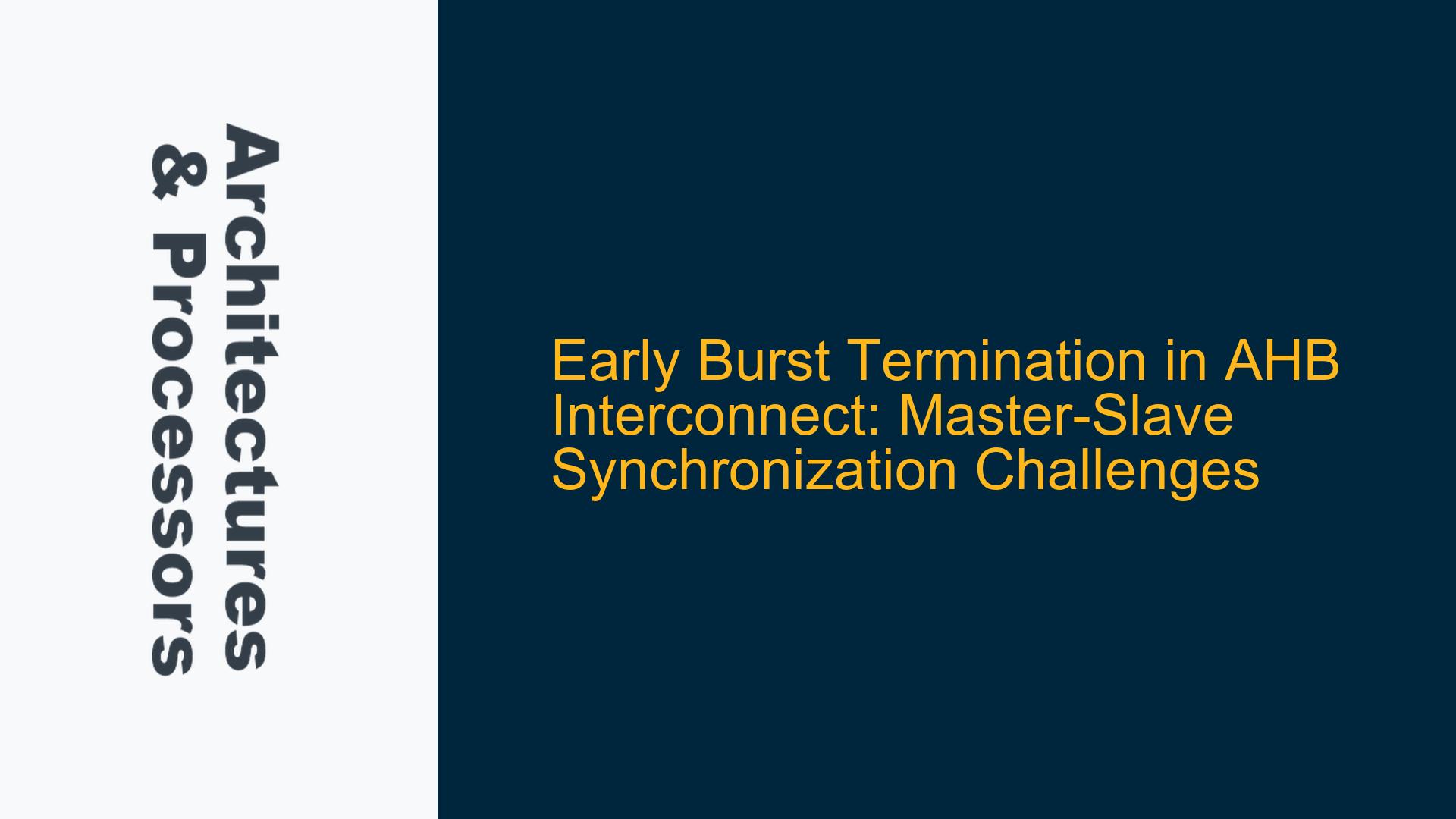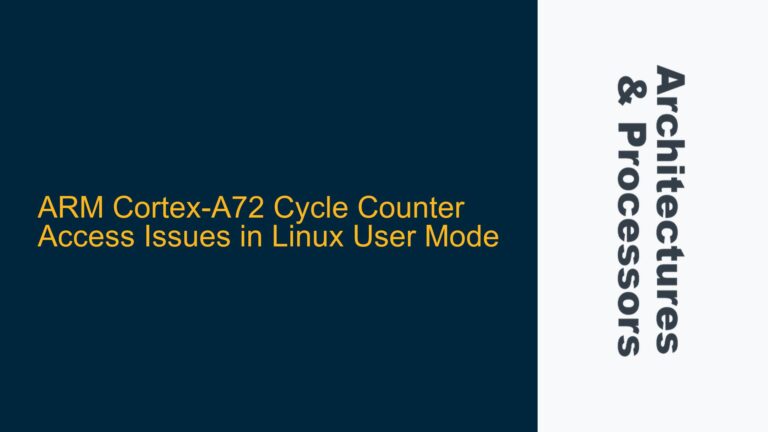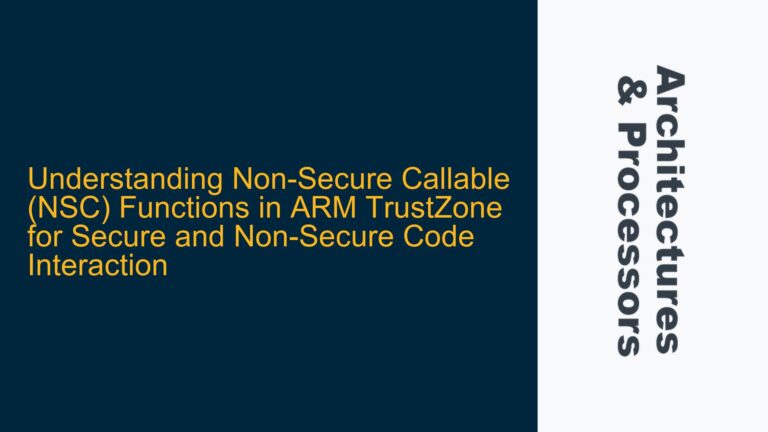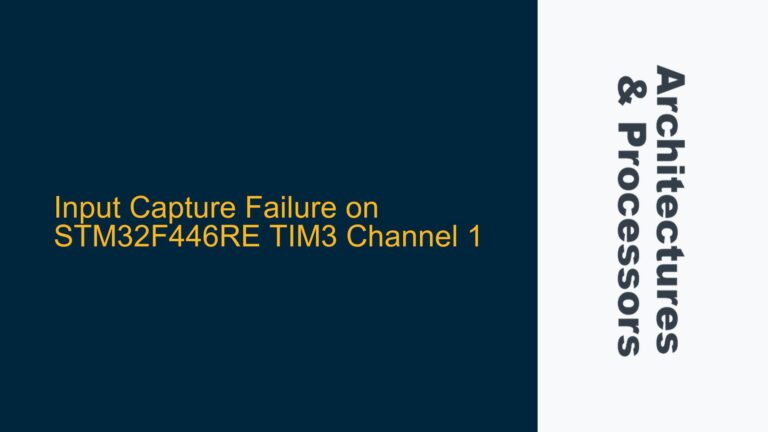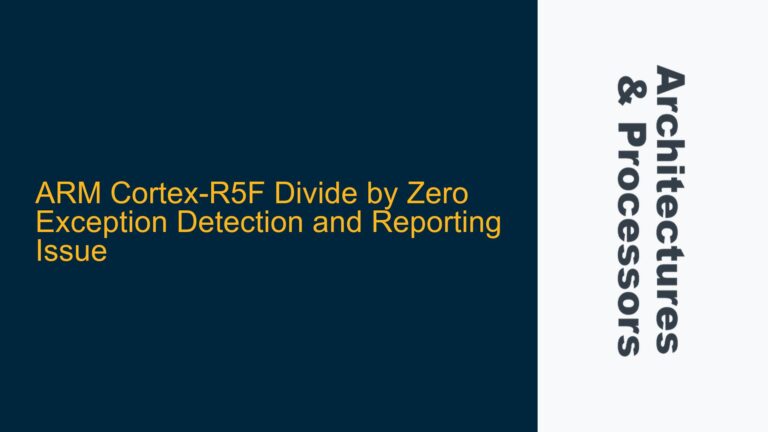AHB Interconnect Early Burst Termination Behavior During Multi-Master Operations
In an ARM-based SoC design utilizing the AHB (Advanced High-performance Bus) protocol, early burst termination can introduce significant challenges, particularly when multiple masters are accessing different slaves concurrently. The scenario described involves two masters, M0 and M1, and two slaves, S0 and S1. Master M0 initiates an INCR4 burst transfer to slave S0 but terminates the burst early. Simultaneously, master M1 begins a new burst transfer to slave S1. The critical question revolves around what slave S0 expects to observe during this clock cycle to correctly interpret the early burst termination.
The AHB protocol defines specific signaling requirements for burst transfers, including the handling of early termination. When a burst is terminated prematurely, the slave must be able to detect this condition to avoid data corruption or incorrect state transitions. The two primary behaviors under consideration are:
- hsel HIGH + htrans = IDLE: The slave select signal (hsel) remains high, and the transfer type signal (htrans) transitions to IDLE.
- hsel LOW: The slave select signal (hsel) is deasserted, indicating that the slave is no longer selected.
The choice between these behaviors depends on the design of the interconnect and the state machines governing the AHB transactions. Incorrect handling of early burst termination can lead to synchronization issues, data integrity problems, and performance degradation.
Interconnect State Machine Design and Slave Expectation Mismatch
The root cause of the issue lies in the design of the interconnect’s state machine and its handling of early burst termination signals. The AHB protocol does not explicitly mandate a specific behavior for early burst termination, leaving it to the interconnect designer to implement a robust solution. This flexibility can lead to mismatches between the interconnect’s behavior and the slave’s expectations.
In the described scenario, the interconnect must manage the transition from M0’s early-terminated burst to M1’s new burst. The interconnect’s state machine must decide whether to:
- Generate an IDLE transfer to S0 before switching to M1’s transfer.
- Immediately deassert S0’s hsel signal and switch to M1’s transfer.
The first behavior (hsel HIGH + htrans = IDLE) implies that the interconnect includes a state machine capable of generating an IDLE transfer to signal the end of the burst. This approach ensures that the slave receives a clear indication of the burst termination, allowing it to cleanly transition to an idle state. However, this behavior is not strictly required by the AHB protocol for non-locked transfers, making it an optional feature.
The second behavior (hsel LOW) suggests that the interconnect does not generate an IDLE transfer and instead deasserts the slave select signal immediately. This approach is simpler but relies on the slave’s ability to detect the deassertion of hsel as an indication of burst termination. If the slave is not designed to handle this case, it may misinterpret the early termination, leading to incorrect behavior.
The mismatch between the interconnect’s behavior and the slave’s expectations can be exacerbated by timing constraints and the specific implementation of the AHB protocol in the slave. For example, if the slave relies on the htrans signal to determine the end of a burst, the absence of an IDLE transfer can cause it to wait indefinitely for the next transfer in the burst.
Implementing Robust Early Burst Termination Handling in AHB Interconnects
To address the challenges of early burst termination in AHB interconnects, designers must adopt a systematic approach that ensures compatibility between the interconnect and the slaves. The following steps outline a comprehensive solution:
Step 1: Define Clear Behavior for Early Burst Termination
The first step is to define the expected behavior for early burst termination in the interconnect’s specification. This definition should consider the requirements of the slaves and the overall system performance. If the slaves expect an IDLE transfer to signal the end of a burst, the interconnect should be designed to generate this transfer. If the slaves can handle the deassertion of hsel as an indication of burst termination, the interconnect can adopt the simpler behavior.
Step 2: Implement a State Machine for IDLE Transfer Generation
If the interconnect is required to generate an IDLE transfer, a state machine must be implemented to manage this process. The state machine should monitor the htrans signal from the master and detect early burst termination conditions. When an early termination is detected, the state machine should generate an IDLE transfer to the slave before switching to the next master’s transfer.
The state machine should also handle cases where multiple masters are contending for access to the same slave. In such scenarios, the state machine must ensure that the IDLE transfer is correctly inserted without introducing unnecessary delays or contention.
Step 3: Validate Slave Behavior with Early Burst Termination
The slaves must be validated to ensure they correctly handle early burst termination under all conditions. This validation should include:
- Testing the slave’s response to an IDLE transfer following an early burst termination.
- Verifying the slave’s behavior when hsel is deasserted without an IDLE transfer.
- Ensuring that the slave does not enter an undefined state or wait indefinitely for the next transfer.
The validation process should use a combination of simulation and formal verification techniques to cover all corner cases. Special attention should be paid to timing constraints and the interaction between multiple masters and slaves.
Step 4: Optimize Interconnect Performance
The design of the interconnect should balance the requirements of early burst termination handling with overall system performance. Generating an IDLE transfer for every early termination can introduce additional latency, particularly in systems with high contention between masters. To mitigate this, the interconnect can implement optimizations such as:
- Prioritizing masters with higher bandwidth requirements.
- Using pipelining to overlap the generation of IDLE transfers with other operations.
- Implementing arbitration algorithms that minimize the impact of early burst termination on system performance.
Step 5: Document and Communicate the Design Decisions
Finally, the design decisions regarding early burst termination handling should be thoroughly documented and communicated to all stakeholders. This documentation should include:
- The expected behavior of the interconnect and slaves.
- The implementation details of the state machine and any optimizations.
- The results of the validation process and any known limitations.
Clear documentation ensures that the design can be maintained and extended in the future, reducing the risk of introducing new issues related to early burst termination.
By following these steps, designers can implement a robust solution for handling early burst termination in AHB interconnects, ensuring compatibility between the interconnect and the slaves while optimizing system performance. This approach addresses the core challenges identified in the scenario and provides a comprehensive framework for resolving similar issues in ARM-based SoC designs.
